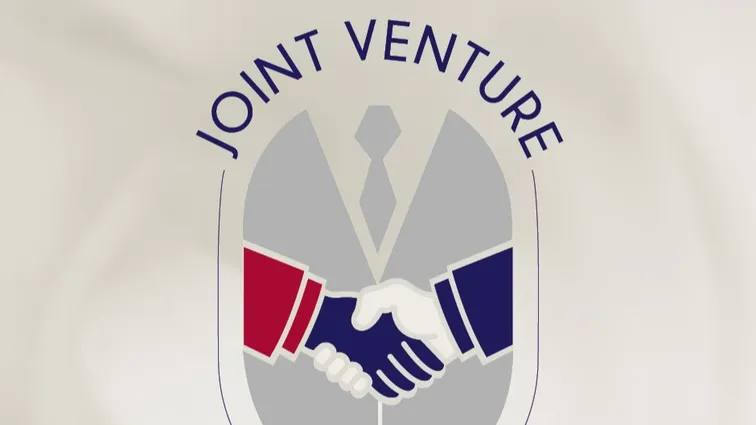When it comes to distributing profits and paying dividends, how do you set the rules for that? Are there legal restrictions you need to be aware of? Does every shareholder have to receive the same amount? And is it possible to distribute profits in ways other than cash?
Why getting profit sharing right is key
How a company shares its profits is one of the most sensitive and vital issues for its long-term health and stability. It’s a major reason shareholders invest in a business, so it’s essential that the profit-sharing rules are clear, fair, and aligned with the company’s objectives.
What is profit sharing and how does it work?
Profit sharing is when a company distributes a portion of its net profit to its shareholders. Usually, the amount each person receives is based on how much they own in the company, but the shareholders’ agreement might handle this differently. This agreement is then officially written into the company’s founding document. When deciding how to distribute profits and pay out these shares, there are several important things to consider.
1. The company’s financial stability: The profit made can either be shared among the shareholders (or potentially other persons such as employees or board members, if the company’s memorandum of association so allows), or it can be reinvested back into the company for future growth. These decisions should always align with the company’s long-term strategy.
2. Statutory requirements: Companies are required to discharge their statutory obligations before making decisions regarding profit distribution. Profit may only be distributed based on the financial statements. This is permissible until the end of the financial year following the financial year for which the financial statements were prepared. Profit may only be distributed if the relevant tests (the balance sheet test and the equity test) are met.
3. Shareholders’ agreements: The company’s founding legal documents or the shareholders’ agreement may set out specific rules for how profits are shared. For example, it might give certain types of shares / ownership interests a preferential right to a share of the profits.
4. Decision-making rules: How profits are shared begins with the general meeting. The company’s memorandum of association can tailor this process, allowing for stricter rules such as a higher quorum or more votes required to adopt the decision. Following the general meeting’s approval, the company’s executive body takes the next step, deciding on the actual payment of profit shares. Importantly, before any payments are made, the executive body is required to conduct a crucial insolvency test.
Restrictions on profit distribution
Profit distribution can be restricted by the following:
Statutory rules: Companies may not distribute profits or pay out profit shares if doing so would jeopardise their financial stability or ability to repay liabilities. This means specific financial tests must be carried out and satisfied before any profits can actually be distributed or paid out.
Shareholders’ agreements and the company’s founding documents: The distribution must follow the rules set out in the shareholders’ agreement, provided these rules are properly reflected in the founding document. An exception is a specific ‘one-off breakthrough into the memorandum of association’, with the general meeting adopting a change in the memorandum for a one-off, specific case, even in conflict with the current rules. This exception, however, is governed by its own clear rules.
Some shareholders may hold a preferential right to profits, meaning they are entitled to receive their share before others.
Strategic objectives: The company might choose to reinvest most or all of its profits in future development.
Risks of incorrect rules
1. Conflicts among shareholders: Unclear rules on how profits are shared may cause disagreements and disputes among shareholders.
2. Threats to the company's financial stability: Paying out too much profit could mean the company cannot meet its obligations.
3. Consequences of a breach of the rules: Failure to comply with the statutory requirements for profit distribution may cause that any decision made by the general meeting about distributing profits will essentially have no legal effect.
Practical recommendations for defining the rules
1. Make sure the rules fit your company’s specific characteristics: Essentially, tailor them to your company’s size and scope of business.
2. Define clear rules: Incorporate detailed rules in your shareholders’ agreement on how to distribute profits and reflect the rules in your company’s founding document.
3. Update the rules regularly: Adapt the rules to your company’s evolving needs and changing circumstances.
Conclusion
Profit sharing is a really important part of business and getting it right can make a big difference to a company’s success. Having clear and fair rules for sharing out profits and dividends helps avoid conflicts and supports the company’s stability in the long run.
At HAVEL & PARTNERS, we have a lot of experience helping businesses set up their profit sharing. We’d be happy to help you create a solution that’s just right for your needs and goals.









